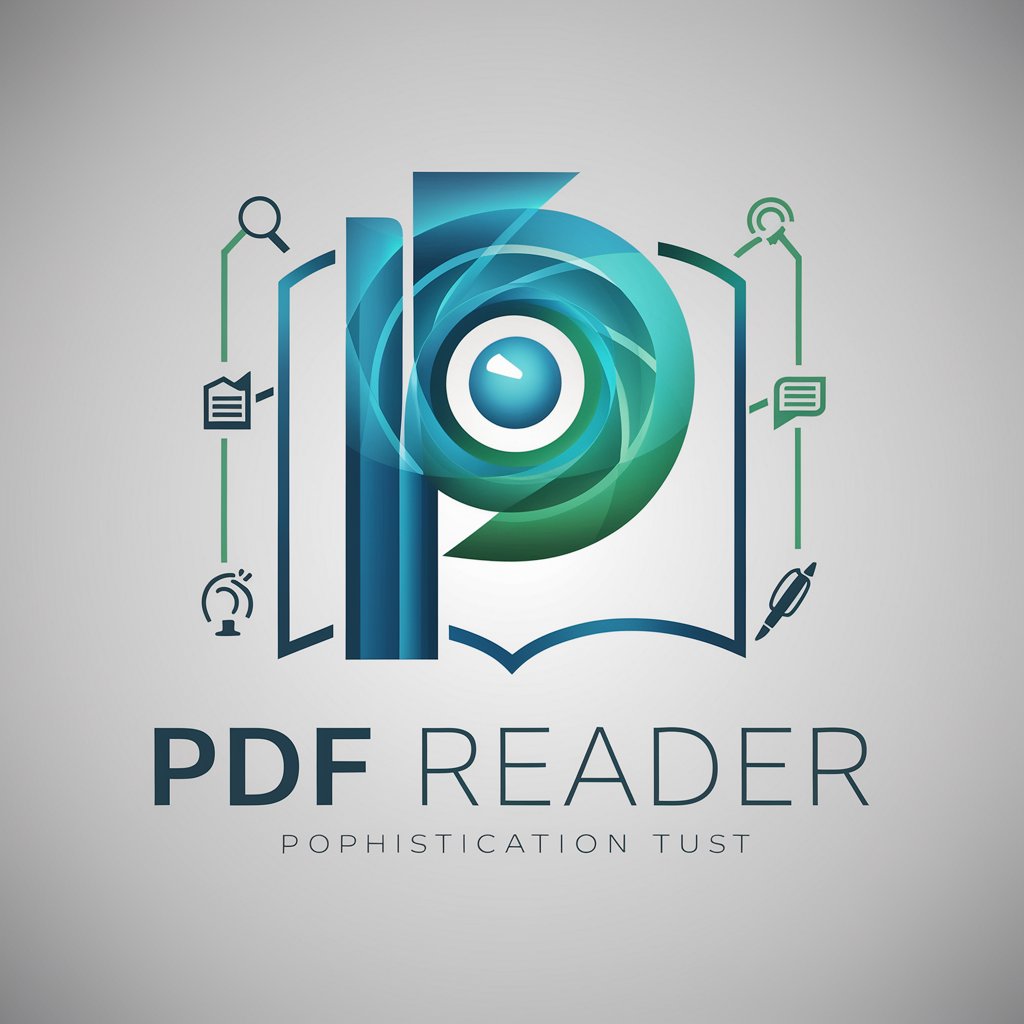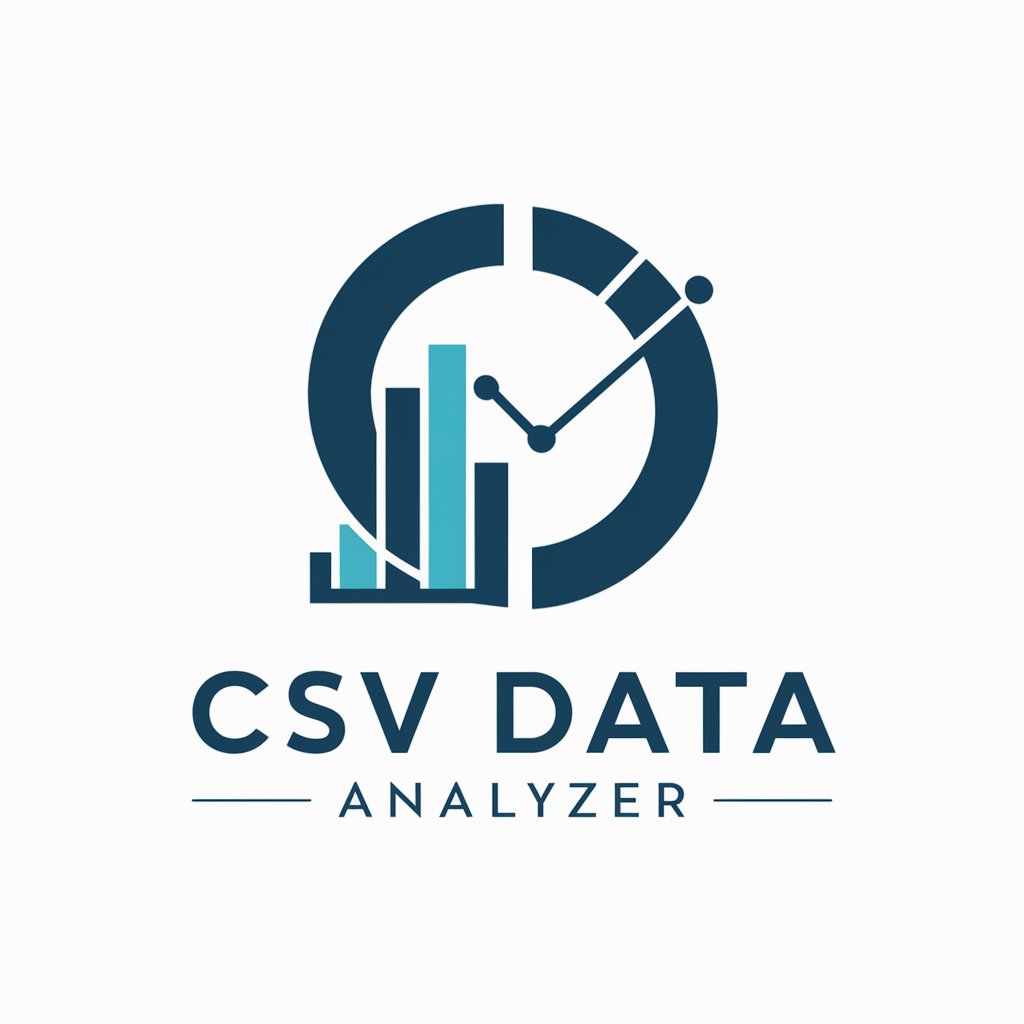
Parse URL/HTML to JSON, XML or CSV-HTML to structured data parsing tool.
AI-powered tool to convert URLs/HTML to structured data.

Transforms web/HTML content into JSON, XML, or CSV.
Can you convert this page to JSON for me?
How would this article look in XML format?
Show me a CSV conversion of this product listing.
Preview a JSON transformation of this web content.
Get Embed Code
Introduction to Parse URL/HTML toParse URL/HTML to formats JSON, XML or CSV
Parse URL/HTML to JSON, XML or CSV is a specialized service designed to extract, transform, and structure data from web sources. Its core purpose is to convert raw, unstructured HTML or URL-based content into well-organized and machine-readable formats—JSON, XML, or CSV—enabling seamless data integration, analysis, or storage. This tool is especially powerful when dealing with web pages that do not offer APIs but contain data critical for reporting, automation, or research. For instance, imagine a regional cinema that only posts its movie schedule in HTML tables. This service can extract movie titles, showtimes, pricing, and hall numbers and deliver them as JSON or CSV for easier integration into apps, dashboards, or internal systems. Whether the data is paginated, nested, or inconsistently formatted, the tool can process large volumes of HTML, break them into logical parts, parse them, and output structured data suited to the user’s needs.
Core Functions and Real-World Applications
HTML Table Extraction and Conversion
Example
AParse URL/HTML functions user uploads the HTML of a product catalog table from an e-commerce site, and the tool converts it into a CSV with columns like Product Name, Price, Availability, and SKU.
Scenario
E-commerce analysts can use the CSV to track competitor pricing or update inventory databases without needing manual entry.
URL-Based Web Page Parsing
Example
Given a public URL from a weather station that lacks an API, the tool fetches the page content and extracts structured data such as temperature, humidity, and wind speed.
Scenario
Climate researchers and developers can use the JSON output to feed weather dashboards or perform time-series analysis using daily scraped data.
Complex Content Segmentation and Parallel Processing
Example
A user provides a large HTML archive of legal documents. The tool splits the document into logical parts (e.g., per case), processes each individually, and returns a structured XML with clear sections like case number, date, litigants, and outcome.
Scenario
Legal tech teams can ingest the XML into a search engine or case database, making thousands of court records instantly searchable and analyzable.
Target User Groups and Their Needs
Data Analysts and Researchers
These users often work with data locked in web interfaces without export features. They benefit by converting difficult-to-parse content into structured formats for statistical analysis, visualization, or machine learning purposes. For example, academic researchers extracting historical trade data from WTO’s HTML tables would find this tool invaluable.
Software Developers and Automation Engineers
Developers building data pipelines or automation scripts need structured data as inputs. When dealing with websites lacking APIs, they use this service to convert HTML into structured outputs for ingestion into their systems. For instance, a logistics software company scraping port schedule data from regional maritime websites would use this tool for structured integration.
Guidelines for Using Parse URL/HTML to JSON, XML, or CSV
Try other advanced and practical GPTs
WooCommerce Product Description Pro
AI-crafted product content for your store
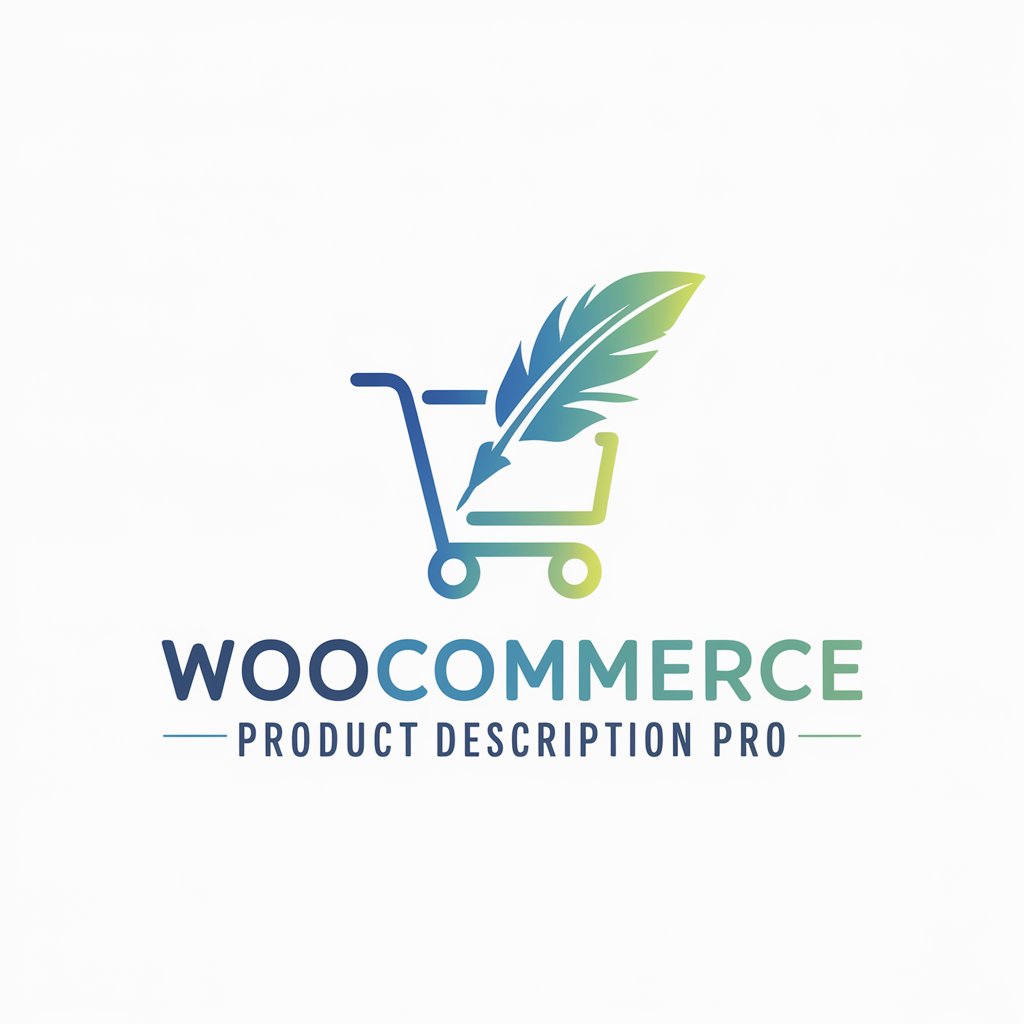
OdooGPT
AI-powered assistance for Odoo ERP

ES-FR Traductor
AI-powered translations between French and Spanish

Webcomic Manhwa Manga Anime AI Art Creator
AI-Powered Art Generation for Manga & Anime

3D Model Maker
AI-powered tool for generating 3D models
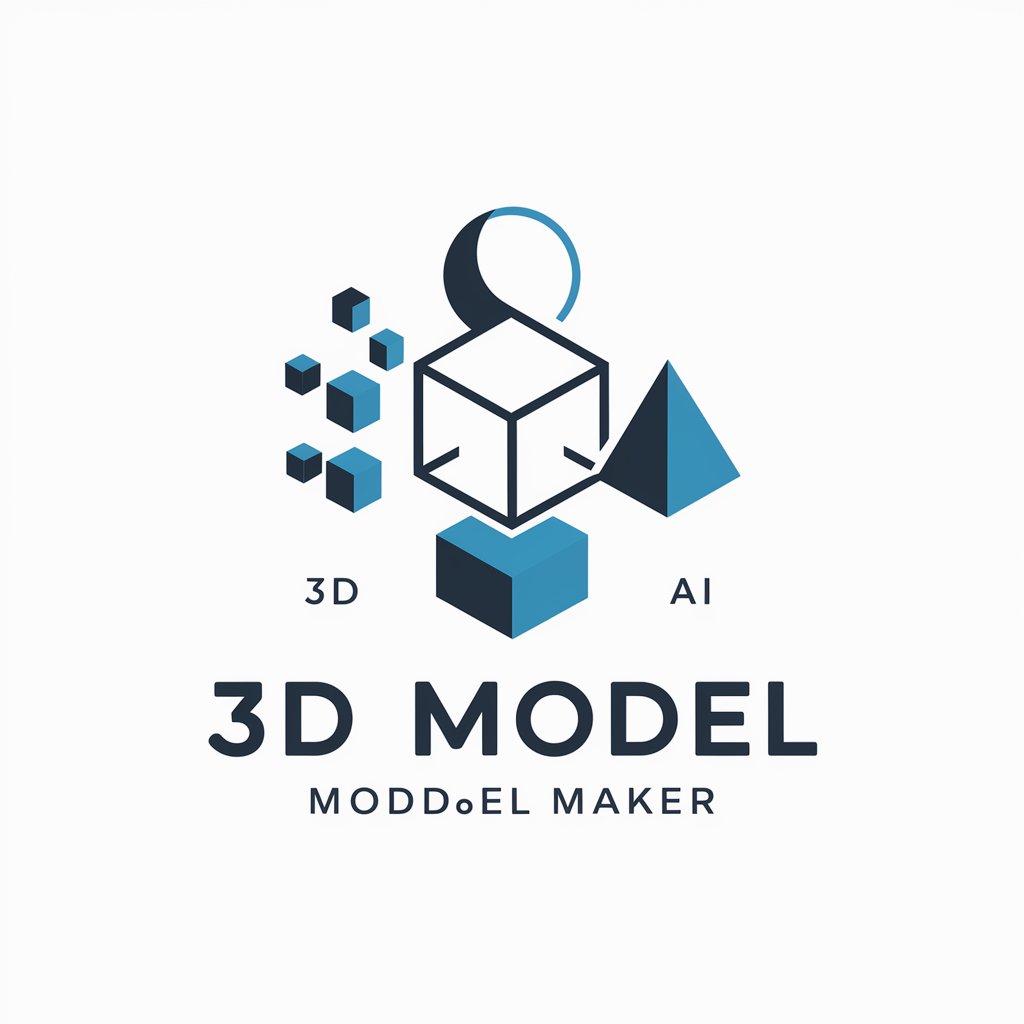
Cooking & Recipes
AI-Powered Recipe Suggestions at Your Fingertips

AI Bypass
AI-Powered Analysis and Humanization Tool
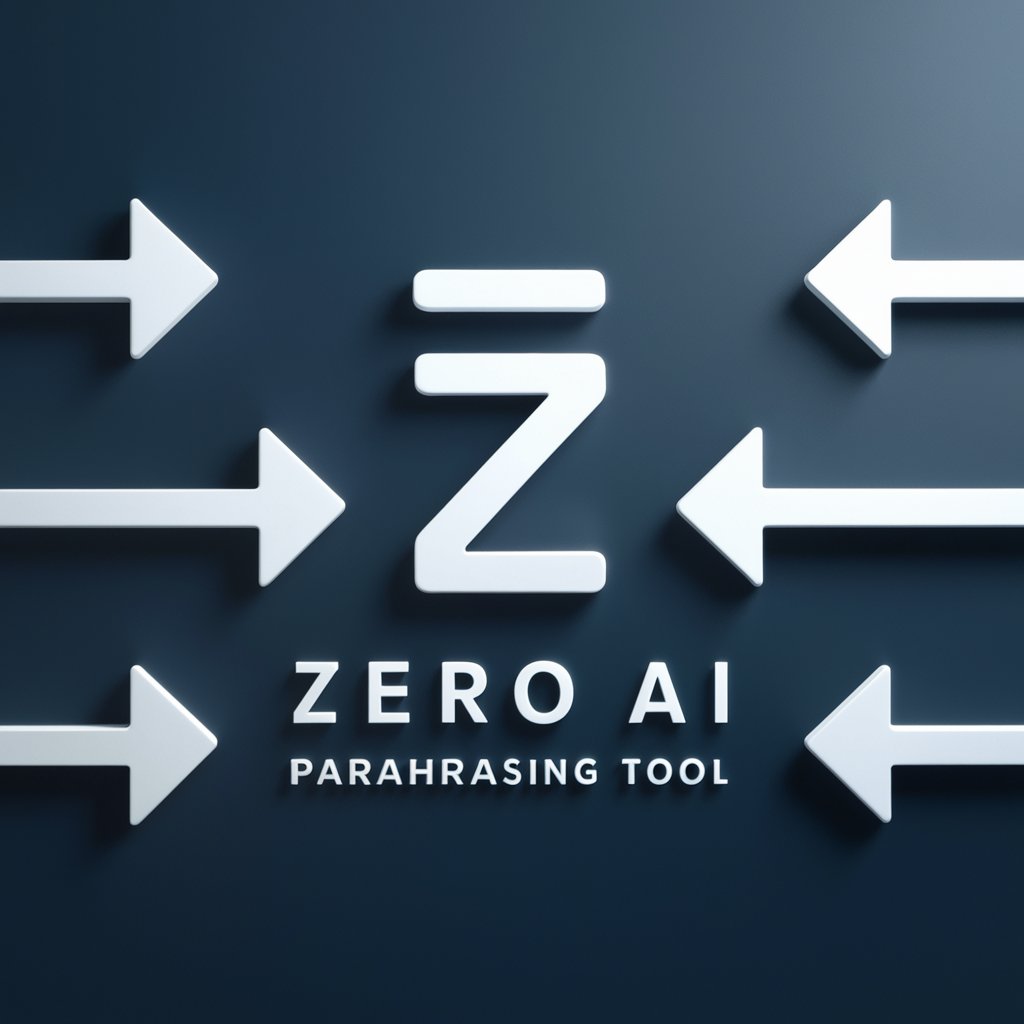
Music Toolbox: Songwriter Pro 2.1
AI-powered songwriting, structure, and trend analysis—all in one tool.

VideoScribe
AI-powered video transcription at your fingertips
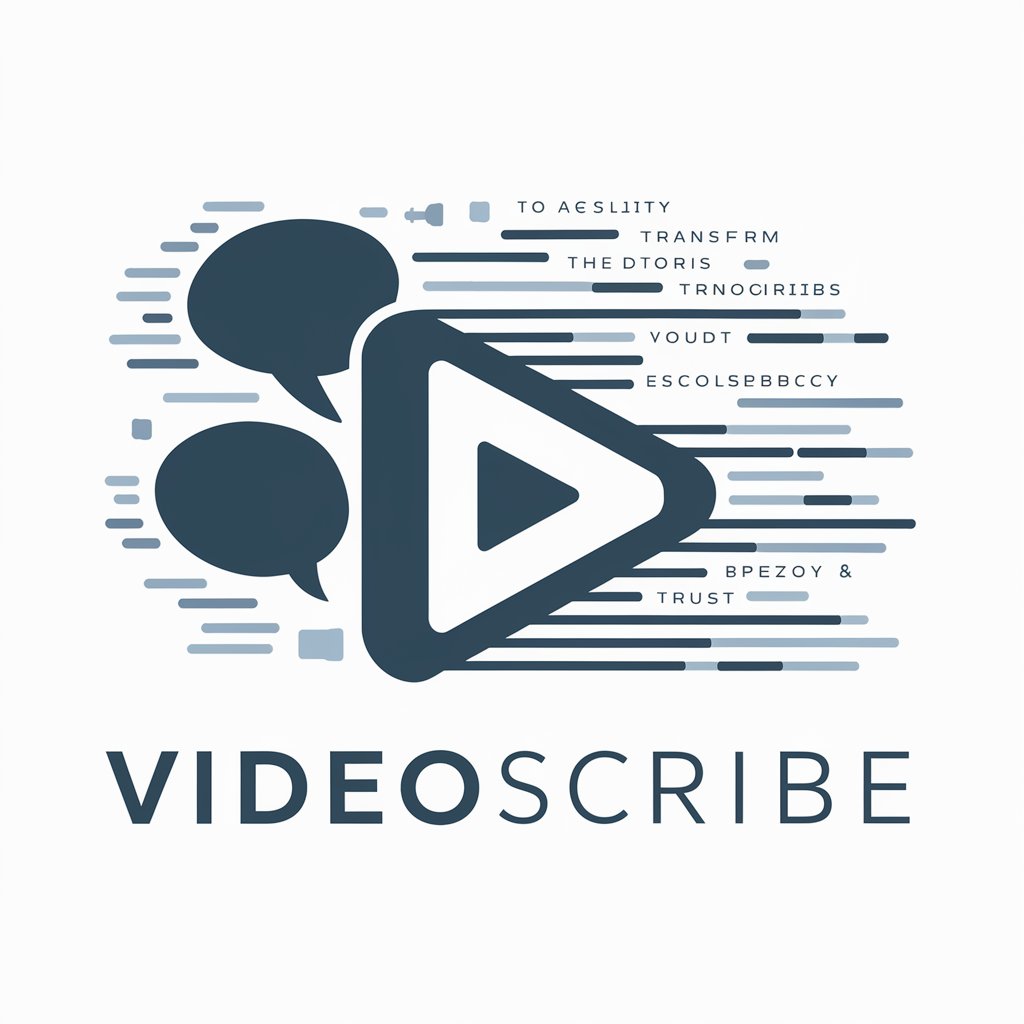
MJ's GPT-Buddy
Smart South African Content, AI-Powered

Medical Doctor
AI-driven Health Support and Guidance.

Laravel 11 Assistant
AI-powered Laravel 11 development expert
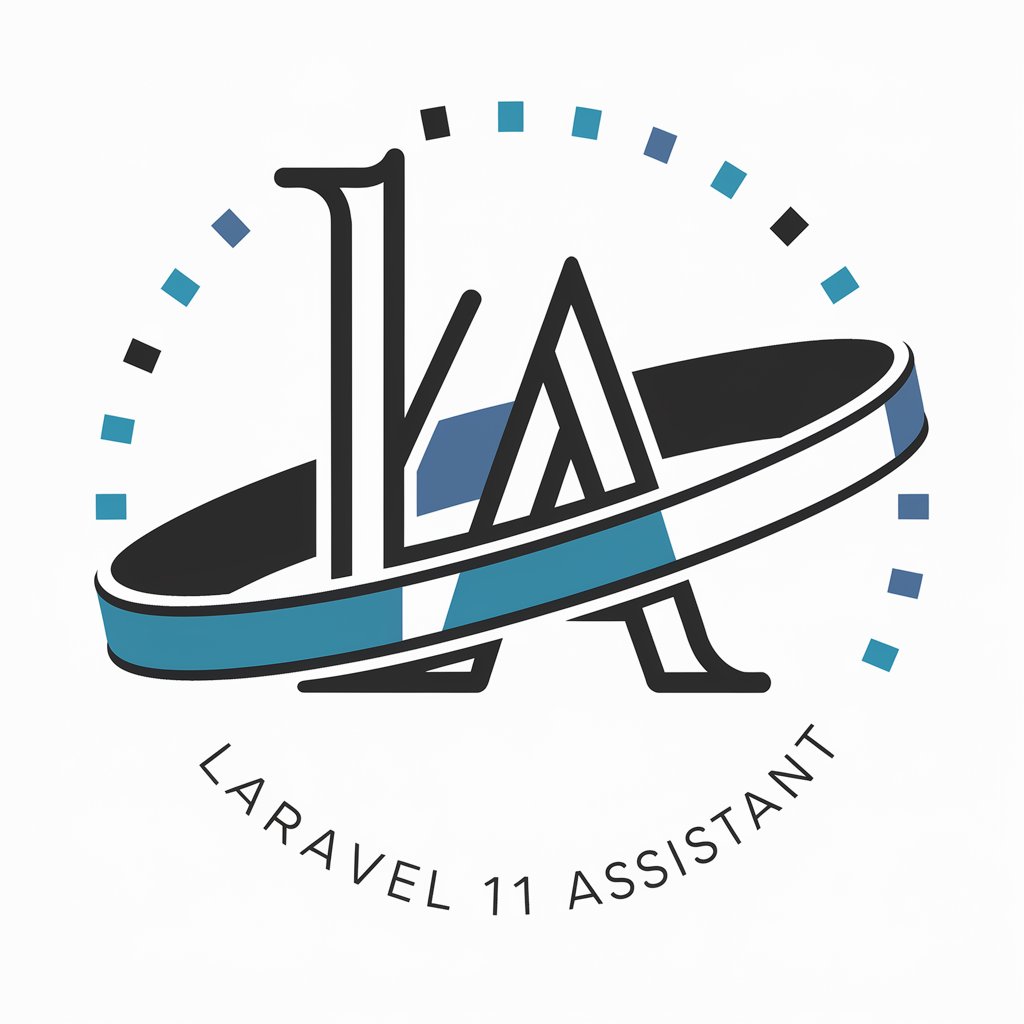
- Data Extraction
- Competitive Analysis
- Web Scraping
- Research Automation
- Content Aggregation
Common Questions about Parse URL/HTML to JSON, XML or CSV
How accurate is the parsing of complex HTML pages?
The parsing accuracy is generally very high, but the results depend on the complexity of the page structure. If the page includes dynamic content, such as JavaScript-rendered elements, the tool may require extra adjustments or may not fully parse certain content.
Can I parse multiple URLs at once?
Yes, the tool supports batch processing. You can input multiple URLs or upload several HTML files for batch parsing. The results will be consolidated into separate structured files for each page or URL.
What are the typical use cases for this tool?
The tool is useful for various applications, including data extraction from websites, web scraping for analysis, academic research, competitive analysis, and content aggregation. It is especially valuable for tasks that involve converting unstructured web data into usable formats like JSON, XML, or CSV.
Do I need programming knowledge to use this tool?
No programming knowledge is required. The tool is designed to be user-friendly with a simple interface for selecting URLs, specifying output formats, and downloading results. However, users familiar with JSON, XML, or CSV can take advantage of advanced parsing features.
How can I customize the output format?
After entering the URL or uploading the HTML data, you can specify which fields to extract, filter unnecessary data, and adjust the output format. For example, in CSV, you can define column headers, while in JSON or XML, you can tweak the schema to match your data processing needs.

